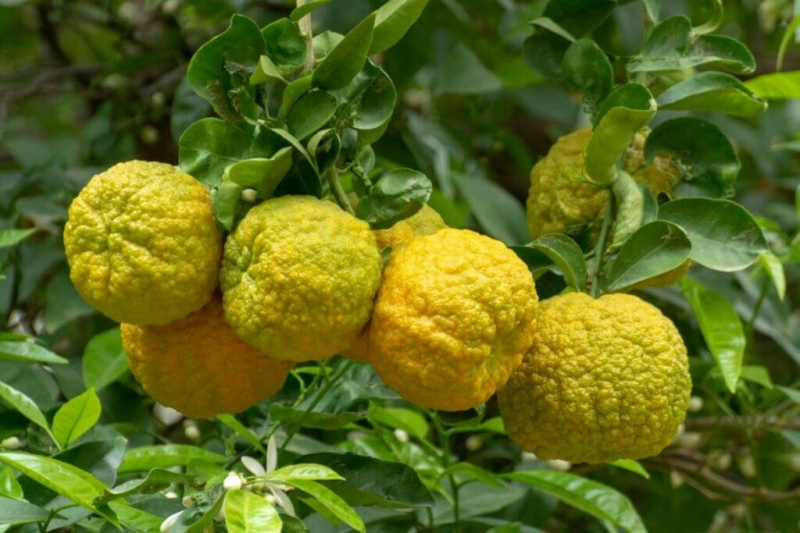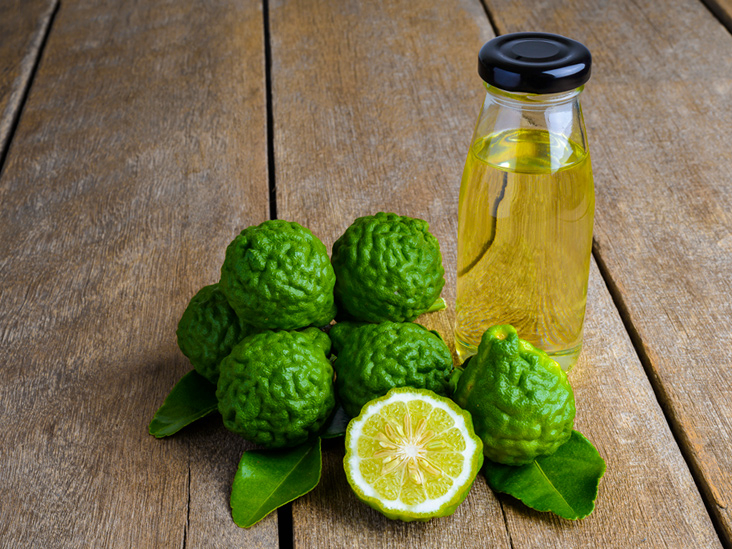Bergamot Orange
Bergamot oranges, botanically classified as Citrus bergamia, are hybrid citrus that grows on small bushy trees that can reach up to three meters in height and are members of the Rutaceae family. It is not consumed fresh but is valued for the aromatic oil found in the rind. It is thought to be a hybrid of sour orange and a lemon or lime. The city of Bergamo in northern Italy is where the essential oil for use in colognes, teas, and confections is produced, giving rise to the variety's name.
Bergamot oranges are globular to obovoid in shape and small to medium in size, measuring 6 to 8 centimeters in diameter on average. Due to the obvious oil glands that are dispersed all over the surface, the glossy rind matures from green to bright yellow and develops a smooth, pebbled texture. The pith is white, spongy, semi-thick, and has a texture similar to cotton underneath the rind. Thin, white membranes split the delicate, pale-yellow flesh into 8–14 segments. It has an extremely acidic, harsh, and bitter taste and a few cream-colored seeds as well, making it generally unfit for fresh eating. Bergamot oranges are renowned for their aromatic rind, which is rich in essential oils with bright citrus undertones and notes of fresh flowers.












